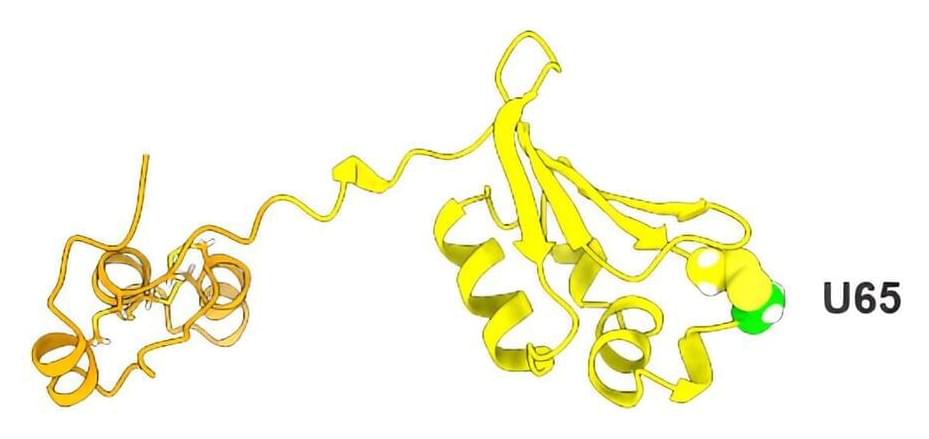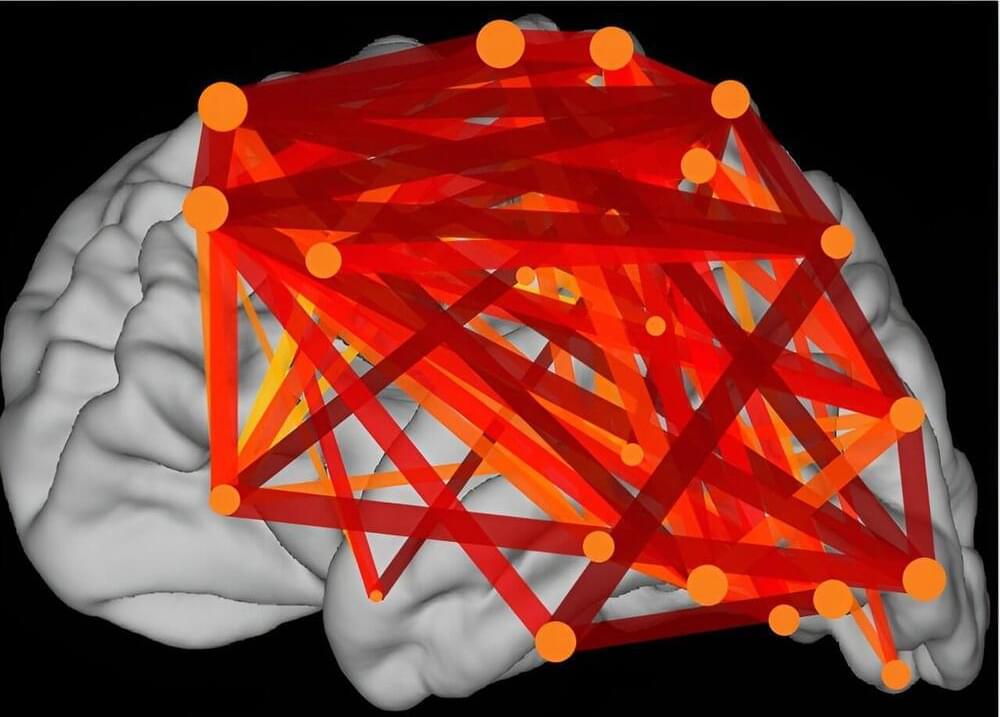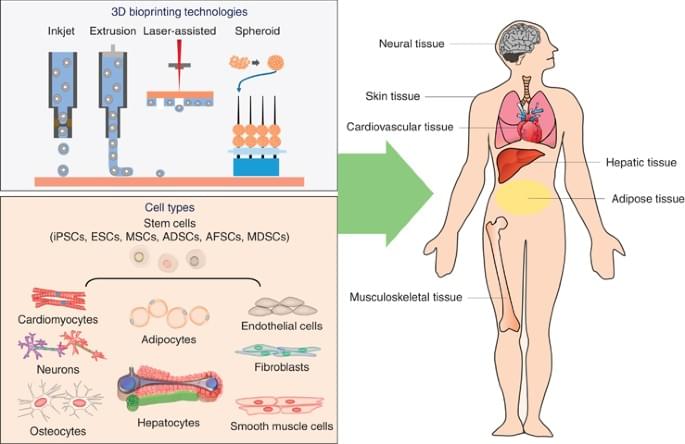Innovation At The Frontiers Of Aesthetic And Regenerative Medicine — Prof. Dr. Alan Widgerow — Division Chief, Center for Tissue Engineering, UCIrvine — Chief Scientific Officer, Galderma.
Prof. Dr. Alan Widgerow, MBBCh, FCS, MMed, FACS, is Division Chief, Research, Center for Tissue Engineering (https://sites.uci.edu/ctelab/team/) and Adjunct Professor Plastic Surgery, Dept of Plastic Surgery, University of California, Irvine (https://faculty.uci.edu/profile/?facu…) and Chief Scientific Officer and Head of Skin Science Center of Innovation at Galderma (https://www.galderma.com/).
Prof. Widgerow is a plastic surgeon who ran a solo private practice in South Africa for over 20 years.
Prof. Widgerow completed his undergraduate and post-graduate studies at the University of the Witwatersrand, South Africa. He has held various positions in numerous academic and professional associations including that of President of the Association of Plastic and Reconstructive surgery of Southern Africa (APRSSA). He is author of over 190 plastic surgical related publications and 2 books. He was also the founder and medical director of 13 wound clinics in South Africa.
Prof. Widgerow relocated to Irvine California in Dec 2009 to pursue his interests in medical device innovations, cosmeceuticals and wound care, but he still plays an active role in academic medicine world-wide. In 2012 he was appointed to the Faculty of the University of California Irvine Plastic Surgery Dept as Full Adjunct Professor and Director of the Center for Tissue Engineering and in 2021 was appointed as its Division Chief of Research. He is involved in multiple projects related to adipose derived stem cell and adipose decellularized matrix, wound healing and transplantation. In 2018 he was awarded the Distinguished Faculty Mentor of the year Award by the Institute for Clinical and Translational Science, UCI.






